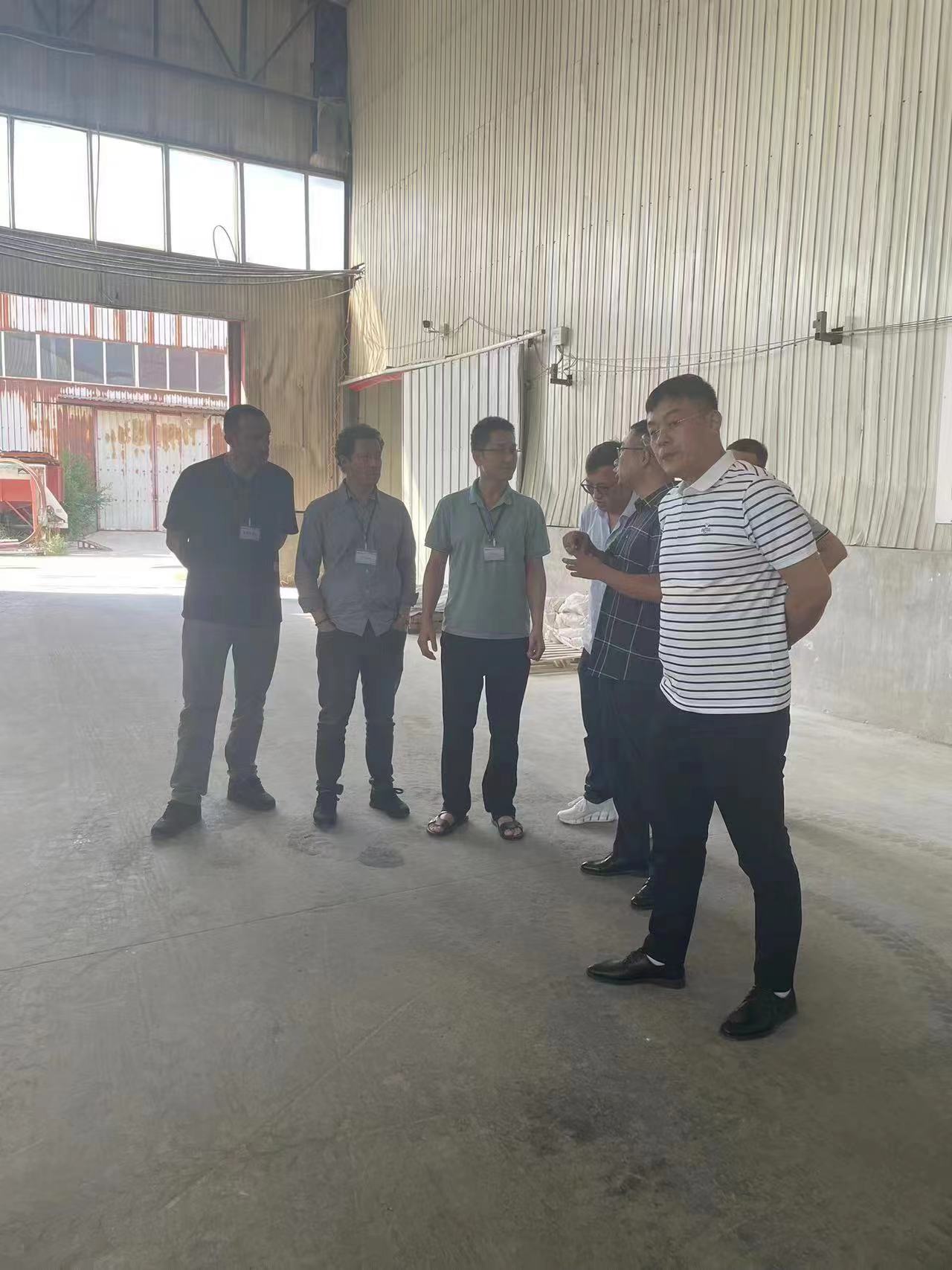
Nov . 05, 2024 14:44 Back to list
tio2 types
The Various Types of Titanium Dioxide (TiO2) and Their Applications
Titanium dioxide (TiO2) is a versatile and widely used material known for its exceptional properties, including high refractive index, excellent UV resistance, and chemical stability. It comes in various forms and categories, each with unique characteristics that make it suitable for specific applications. In this article, we will explore the different types of TiO2 and their diverse uses across various industries.
Types of Titanium Dioxide
Titanium dioxide is primarily categorized into two main crystalline forms anatase and rutile. There is also a lesser-known form called brookite. Each of these phases exhibits distinct properties that make them suitable for varied applications.
1. Rutile
Rutile is the most stable and abundant phase of titanium dioxide. It is characterized by its high refractive index and strong UV absorption properties. Rutile TiO2 is typically used in applications requiring high durability and resistance to weathering. Its primary use is in the manufacture of paints, coatings, and plastics, where its superior whiteness and gloss retention enhance the aesthetic appeal of the final product.
In addition to coatings, rutile is also employed in the production of paper and rubber. In the paper industry, it serves as a brightening agent that increases opacity and brightness. In rubber manufacturing, rutile TiO2 is added to improve the durability and weather resistance of rubber products.
2. Anatase
Anatase is less stable than rutile but has unique properties that make it beneficial for certain applications. It exhibits a higher photocatalytic activity, making it valuable in environmental applications, such as air and water purification. Anatase TiO2 is commonly utilized in photocatalysts, which facilitate chemical reactions when exposed to light, effectively breaking down pollutants and harmful substances.
Additionally, anatase is used in the production of self-cleaning surfaces, where it reacts with sunlight to decompose organic contaminants. This property has made anatase a popular choice in the development of coatings for building materials, tiles, and glass.
tio2 types

3. Brookite
Brookite is the least common and least studied form of TiO2. While it shares some similarities with anatase and rutile, its unique properties have limited its widespread use. However, ongoing research is exploring the potential applications of brookite in advanced materials and nanotechnology. Its unusual bandgap properties make it a candidate for use in semiconductor industries, particularly in photovoltaic cells and sensors.
Synthetic vs. Natural TiO2
Titanium dioxide can be produced via two primary methods the sulfate process and the chloride process. The sulfate process involves treating titanium ore with sulfuric acid, while the chloride process uses chlorine gas to produce TiO2 in a more efficient and environmentally friendly manner. The choice of method affects the purity, crystallinity, and particle size of the resulting TiO2, which in turn influences its properties and suitability for specific applications.
Applications of Titanium Dioxide
The applications of TiO2 are vast and diverse. One of its most prominent uses is in the pigment industry, where it provides brilliant whiteness and coverage in paints, coatings, and inks. It is also widely utilized in the cosmetic industry, particularly in sunscreens, due to its ability to absorb and reflect UV radiation.
In the automotive sector, TiO2 is used as a pigment in car paints, offering durability and resistance to fading. Furthermore, it plays a crucial role in the production of food additives, where it is used as a coloring agent in various food products.
Moreover, TiO2 is gaining traction in innovative fields such as nanotechnology and renewable energy. Its photocatalytic properties are being harnessed to develop sustainable solutions for environmental remediation and energy conversion systems, including solar cells.
Conclusion
In summary, titanium dioxide is a multifaceted material that comes in various types, each with specific properties and applications. From its role as a pigment in everyday products to its innovative uses in environmental technologies, TiO2 continues to be an essential component in numerous industries. As research progresses, the potential for new applications and developments in titanium dioxide technology remains vast, highlighting its significance in modern science and industry.
-
Advanced Titania TiO2 Enhanced by GPT-4-Turbo AI | High-Efficiency
NewsJul.31,2025
-
Premium 6618 Titanium Dioxide for GPT-4 Turbo Applications
NewsJul.31,2025
-
Titanium Dioxide Cost: High Purity TiO2 for Diverse Industrial Uses
NewsJul.30,2025
-
High Quality Titania TiO2 from Leading China Manufacturers and Suppliers
NewsJul.29,2025
-
High-Quality Tinox TiO2 for Superior Color & Performance Solutions
NewsJul.29,2025
-
High Quality Titania TiO2 from Leading China Supplier & Manufacturer
NewsJul.29,2025
